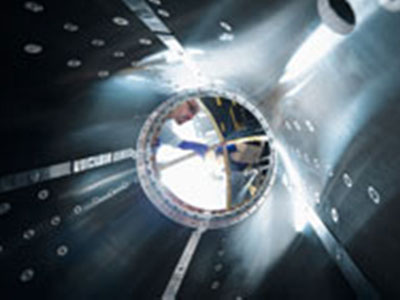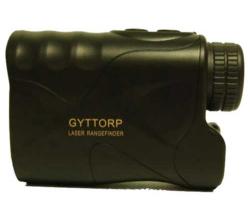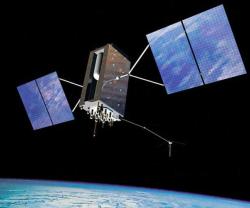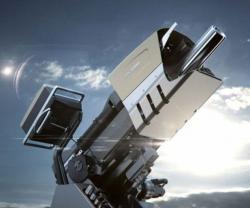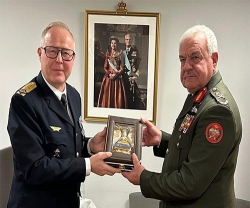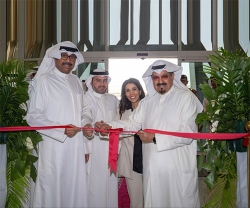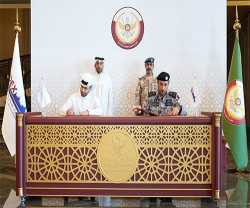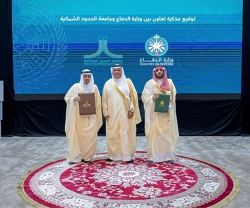Sentinel-1, the European Copernicus Program's first environmental satellite, is ready for launch. On April 3, 2014, 23:02 Central European Time, the radar satellite will set out from the European spaceport in Kourou, French Guiana, aboard a Soyuz launcher.
RUAG Space, Europe's leading supplier to the space industry, contributed greatly to the satellite's development and construction.
The Sentinels are the centerpiece of Europe's Copernicus Earth observation program, with which the European Union wants to create a modern and efficient infrastructure for Earth observation and geo-information services. Copernicus will provide data on environmental protection, agriculture, forestry, and land-use planning, as well as making data available for disaster management. The European Space Agency ESA is planning to launch a total of five different Sentinel missions by the year 2021.
Sentinel-1, the first in the Copernicus satellite family, will deliver data for a variety of environmental and safety related applications, including detecting oil spills, mapping sea ice, monitoring the movement of land masses and mapping trends in land use. Additionally, Sentinel-1 will support disaster relief and humanitarian crisis response by providing Earth observation data.
Knowing where the satellite is at any given time is a prerequisite for ensuring its measurements are precise. That's why the satellites use signals from the United States' GPS (global positioning system) satellite navigation system for attitude control. The GPS receiver developed by RUAG Space is tailored to meet precise orbit determination (POD) requirements in space. Unlike the GPS receivers commonly used in terrestrial applications, these devices are capable of simultaneously processing signals received at two different frequencies, and thus delivering positioning information of the highest accuracy.
A laser terminal on board of the satellite will make it possible in the future for satellites to send data over an optical connection to the European Data Relay System (EDRS) satellites that ESA will launch by the end of 2014. This new technology lets satellites send substantially more data than is possible with a standard direct radio link with the Earth. RUAG Space supplied the telescope assembly for Sentinel-1's laser communication terminal.
RUAG Space was also responsible for producing the satellite's aluminum and carbon fiber structure. Comparable to the chassis of a car, this structure forms the "backbone" of the satellite onto which all other components are mounted. RUAG Space also provided the thermal insulation for the Sentinel-1 satellite.
In addition RUAG Space manufactured a number of electronic modules electronic modules for controlling and tracking the satellite in orbit. The radar antenna features another 28 RUAG electronics modules, which are used to direct the radar beam. The electronics modules that generate the radar signal were also supplied by RUAG Space.
Photo: A RUAG Employee examines the Sentinel-1 structure

